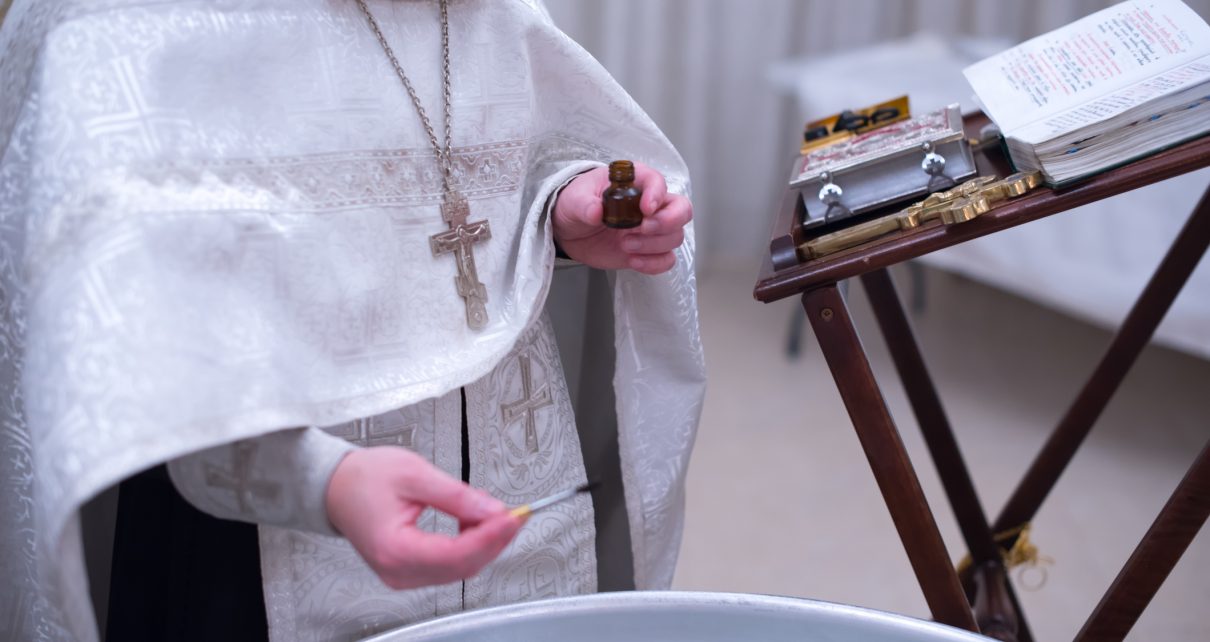The word “ecclesiastical” is derived from the Greek term ekklesiastikos, from ekklesia, a setting up or conference called out, which subsequently stems from ekkalein, to summon or convoke, out, ek, and kalein, to call. This setting up usually referred to the Christian Church as well as its clergy. Ecclesiastical gown refers below to garments used by Christian leaders, including members of reclusive orders-as distinctive from the laity-from the early Christian era until the here and now, not just in the West but likewise in all components of the globe where the Christian religious beliefs is exercised.
To know about church suits for mens, please follow the link.
Historical as well as Cross-Cultural Instances
The beginnings of ecclesiastical clothe have been debated, some connecting with early forms to garments used by Jewish spiritual leaders, though others did debate that these coverings derived from daily Roman gown worn throughout the very early Christian age. In the very early 2000s, the last explanation prevails. Various kinds of clerical gown have established with the development, as well as explanation of the Eastern and Western Churches. The types and significances of ecclesiastical outfit have altered in time, as well as have otherwise been utilized to separate the ordinary from the spiritual, to stress the splendor of God through stunning raiment, to express religious humbleness and piety, as well as to determine people within the church pecking order.
Representations of very early Christians in the Catacombs of St. Domitilla in Rome consist of a paint of the Good Guard, wearing a tunica or white chiton, a rectangle of white material-made either from bed linen or wool-with a band holding it in place. The secular utilization of this dress was like an undergarment, covered with a toga. Church leaders took on the dalmatic, additionally a tunic-like garment, put on in old Rome, by the 8th century as an upper-vestment worn by diocesans, deacons, as well as sub-deacons. The paenula, was worn like an external dress, was the secular frontrunner of the chasuble, a term stemmed from the Latin, casula, little residence or cottage-a round item of towel with a head opening and sometimes a hood, which secured its wearer like a residence. It was officially announced as an outside dress for clerics in 742 by the Council of Ratisbon. Among the earliest instances of the putting on of these garments by church leaders originate from depictions of the chasuble or paenula, dalmatic, as well as pallium, a band of long-woven of white woolen, enhanced with crosses, over the sixth century mosaic from the Church of St. Apollinaire, in Ravenna.





